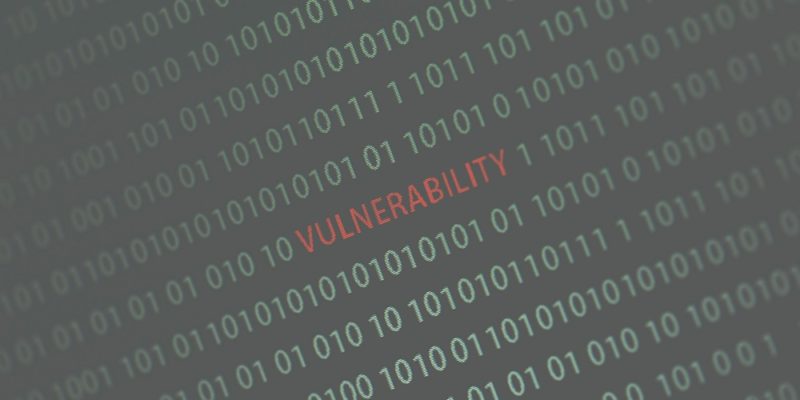 Winter Vivern APT Targets European Government Entities with Zimbra Vulnerability
Winter Vivern APT Targets European Government Entities with Zimbra Vulnerability
The advanced persistent threat (APT) actor known as Winter Vivern is now targeting officials in Europe and the U.S. as part of an ongoing cyber espionage campaign. “TA473 since at least February 2023 has continuously leveraged an unpatched Zimbra vulnerability in publicly facing webmail portals that allows them to gain access to the email mailboxes…









